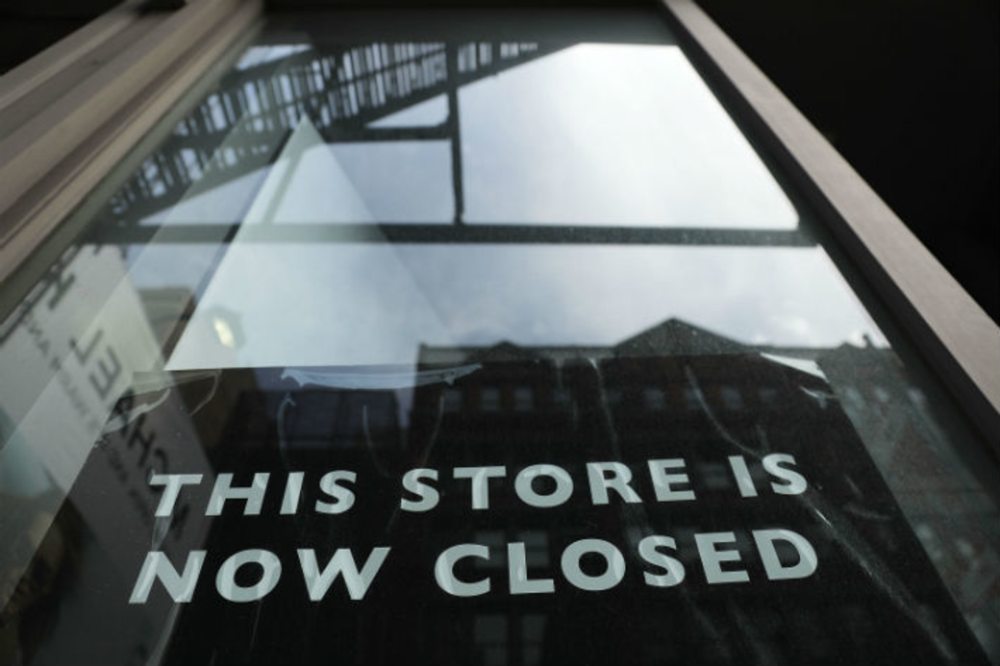Sixty-six percent of small business owners say it’s “likely” or “extremely likely” that they’ll be conducting their business strictly online within the next 10 years, according to a recent GetApp poll of 200 U.S. business owners who have both online and brick-and-mortar presences. Seventeen percent of respondents say this is “unlikely” or “extremely unlikely” and 17% are neutral on the subject.
Anthony Bradley, group VP of technology research firm Gartner (which owns the SaaS and cloud app reviewer GetApp), did not necessarily agree with the results, saying going solely online isn’t “very realistic.” He can, however, see the majority of revenue shifting from brick-and-mortar to online within this time frame. Bradley says he expects the web to become the front-end of the business and the store to become the backend, focusing more on administrative and manufacturing responsibilities than sales.
“In most cases, [the store] won’t go away entirely,” he says, “but it will become minimized.”
Small businesses no doubt see challenges for physical locations with many major retailers shutting store doors.
Take Macy’s, for instance. Despite opening 27 stores in 2016, the department store chain closed 66 stores that year. In February, it announced its intent to close about 34 more stores over the next few years. J.C. Penney also revealed its plans to close 138 stores within the next few months, and Sears Holdings Corporation announced its plans to close 42 Sears stores and 108 Kmart stores this year (and is reportedly closing even more).
Bradley acknowledges that customers like to experience certain products in-person before they buy and that brick-and-mortar locations still account for the majority of revenue. However, the traditional store experience has not caught up to customer demand.
“Buyers are getting much less tolerant of getting in their car, fighting the traffic, going to your store [and finding] that it’s not in stock,” Bradley says.
Retailers need to create an experience that blends and connects the online and in-store realms together, he says — a concept Gartner refers to as “the store of the future” or “the digital store.” As Gartner managing VP Miriam Burt explains in this post, the digital store includes the customer essentials (e.g. stocked inventory, informed associates), customer engagement opportunities, and a “connected, consistent, and convenient cross-channel shopping experience.”
Some retailers are closer to developing this digital store than others. Take Amazon, for instance. While Macy’s and Sears are shutting down brick-and-mortar stores, the online marketplace behemoth is opening them , such as its “checkout-free” Amazon Go shop and physical bookstores Amazon Books. Bradley says Amazon is using data from its online experience to inform its in-store one. Not only does this amplify both businesses, he says, but it also creates a whole new “click-and-mortar” experience.
“Amazon will be much better at delivering a new in-store experience,” he says.
As both small businesses and major retailers continue to move towards online, they’ll each face their own set of challenges. When it comes to small businesses, Bradley says owners will have to identify three key things: vision, change, and talent. In other words, how are they going to change, how are they going to acquire the necessary resources to enable this change, and how are they going to find the right people to help them enable this change? As for large companies, he says they’ll need to stop relying on solely what’s worked in the past and develop a bimodal strategy for retaining “tried-and-true” tactics and testing new ones.
“The window has not closed for… brick-and-mortar businesses to make changes,” he says, “but that window is closing fast.”
*Note: GetApp study percentages have been rounded to the closest full percentage point.








